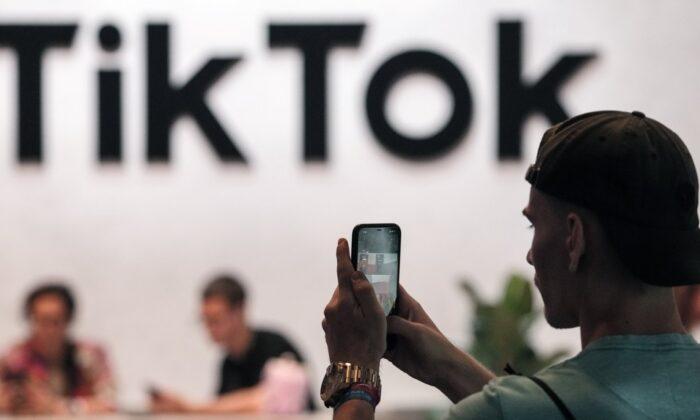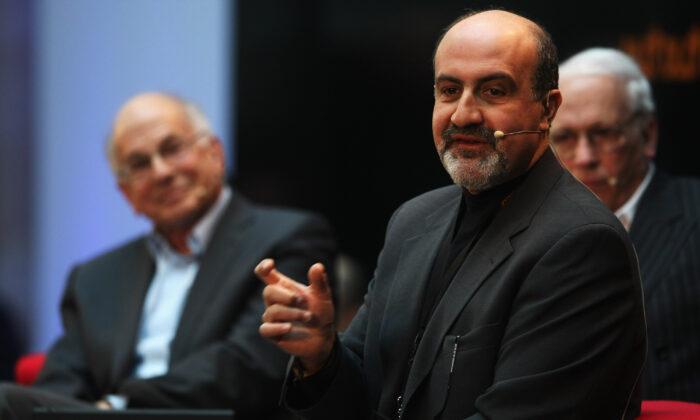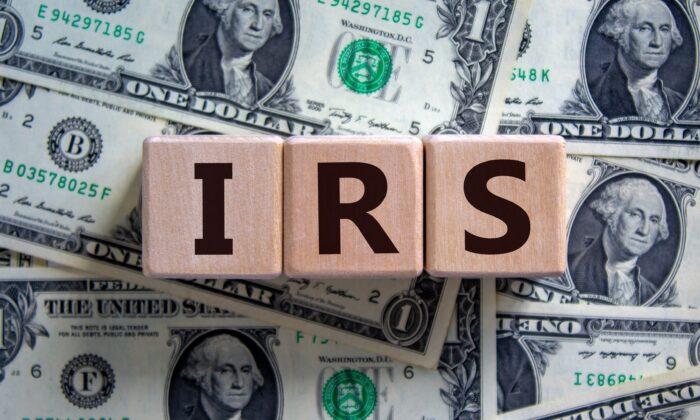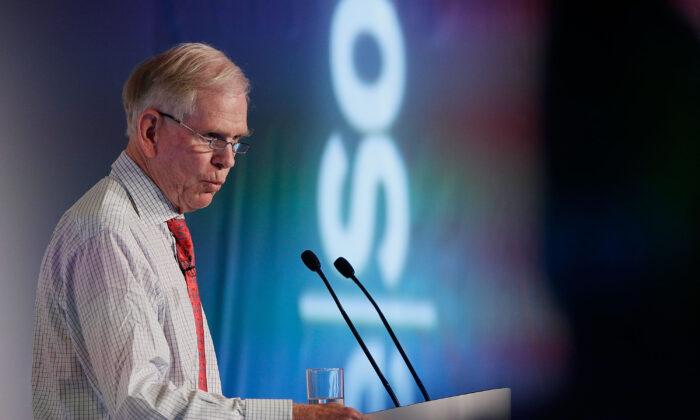A new analysis by consulting firm McKinsey & Co. predicted that ridership of the Metropolitan Transit Authority (MTA) subway system in New York City would likely rise to only 74 percent of pre-pandemic rates by late 2024, down from a previous prediction for 86 percent ridership for the same period. The study also forecasted that system-wide ridership would remain at 80 percent of pre-pandemic levels into late 2026.
Multiple Factors
There are numerous factors contributing to the current decline in subway ridership.As crime has risen in recent years and some continue to fear being infected with the CCP virus, many commuters are fearful and distrustful of the subway system, causing them to stay off the rails even as the pandemic subsides.
Exacerbating this issue is the newfound prevalence of remote work opportunities, which has left many urban professionals who formerly relied on transit to commute to work not needing to use the subway at all, or commuting to work only a few days every week.
The loss in commuter traffic threatens the revenue stream of the New York MTA, which already finds itself facing funding shortfalls as pandemic-era funding comes to an end. Federal pandemic relief funds are expected to be depleted by 2025, leaving the MTA system with a deficit of $2.5 billion on account of reduced ridership.
Without a major change in the system’s income stream, the MTA may have to make drastic cuts to the city’s subway service, inconveniencing the workers who live farther from the city’s core and rely on the subway system for daily transportation.
In response to this crisis, the MTA is considering rate hikes, though this will do little to entice those commuters who have opted for other means than the subway to navigate the city.
The last time the MTA raised the subway fare was in 2015, when the cost of one ride rose from $2.50 to the current rate of $2.75.





